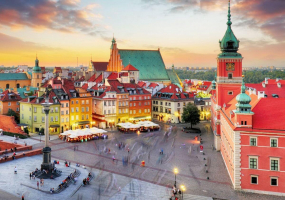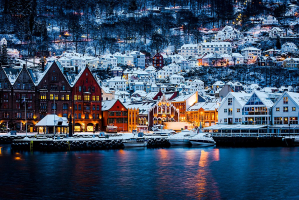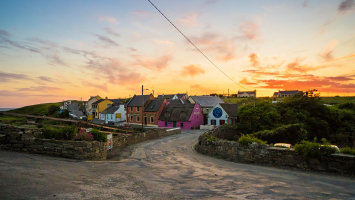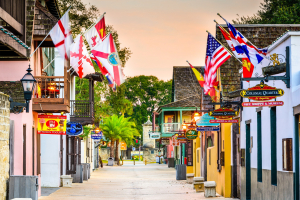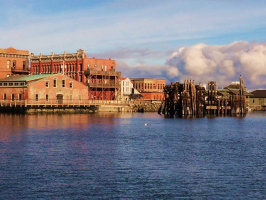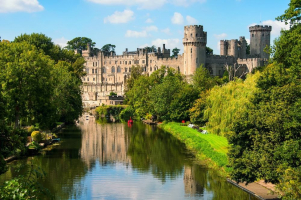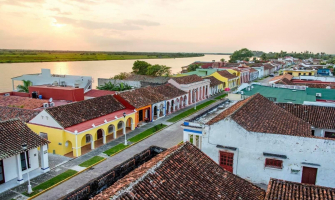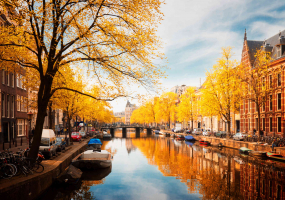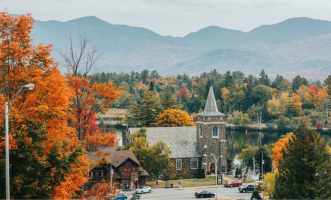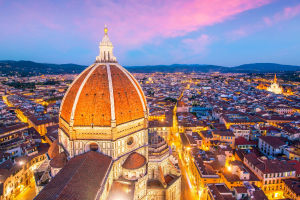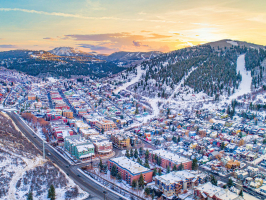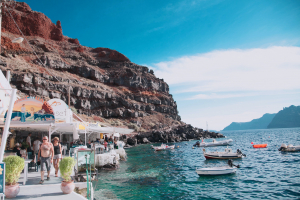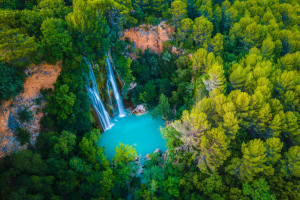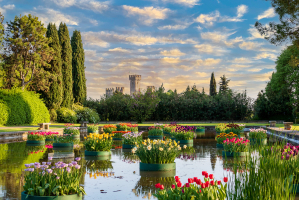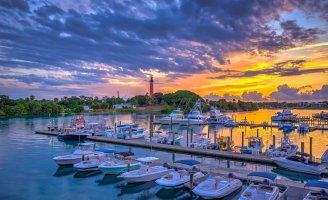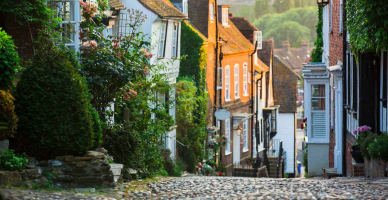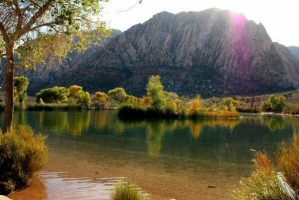Top 10 Most Charming Towns to Visit in Europe
Some cities in Europe have an almost indefinable appeal that enchants visitors and tempts them to linger, from the Norwegian fjords to Italy's island of ... read more...Sardinia. Along with attractions, these towns offer a distinct character, a sense of place, and an appealing atmosphere that is difficult to resist. Refer to the list of the most charming towns in Europe to help you plan your sightseeing while seeking for the most beautiful places to visit.
-
The enchanting Medieval city of Esslingen is an arm of the Neckar River upstream from Stuttgart. Esslingen is blessed with centuries-old architecture and has more than 200 half-timbered houses protected by once-impregnable fortifications.
Esslingen formed itself as a significant trading center by constructing two bridges over the Neckar River, which made it an obvious route for medieval traders. In the Old Town of Esslingen, which is surrounded by the market square and more than 200 timber-framed structures dating from the 13th to the 16th century, there are picturesque canals. These offer a magical setting for Germany's most atmospheric Christmas market, where 200 craftsmen dressed in medieval garb come together to trade authentic medieval items like pewterware, blown glass, wool, wrought iron, wood carvings, and leather goods while being entertained by minstrels and jugglers from the time period. But come to explore its winding alleyways, take in its old cathedrals, and indulge in its various bakeries at any time of year.
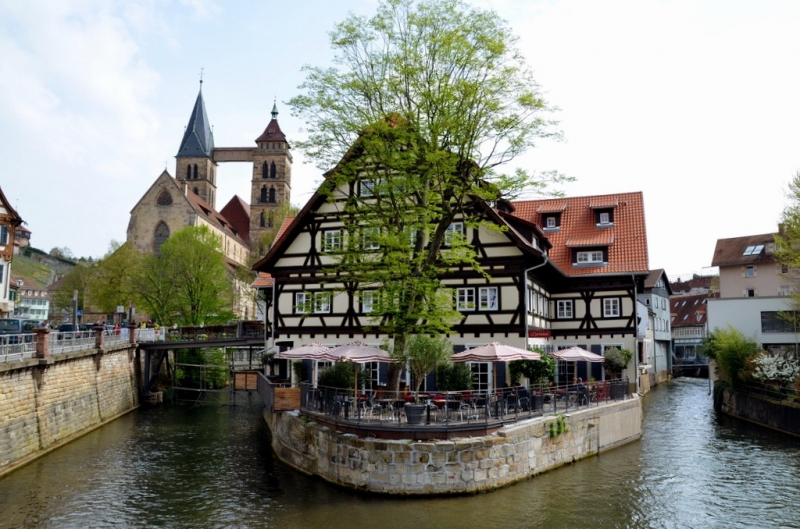
Esslingen, Germany 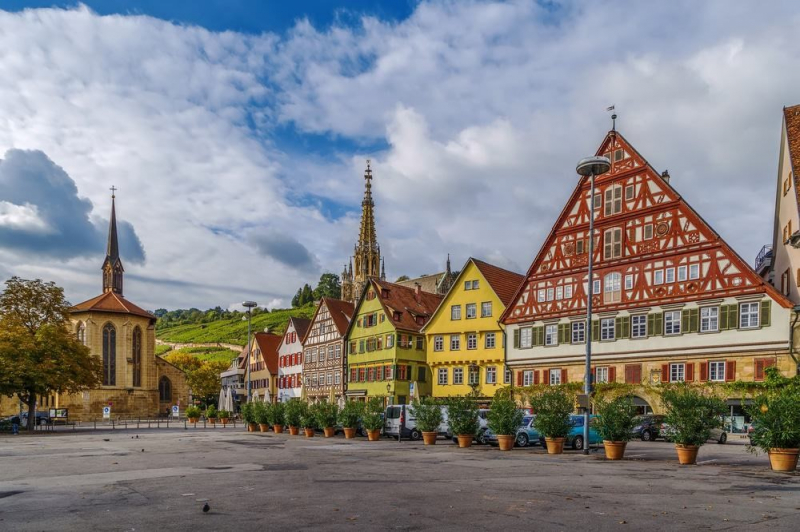
Esslingen, Germany -
Like much of Italy, Lucca has a history of domination by a long list of invaders and rulers. Despite all, Lucca was able to construct a beautiful city that significantly impacted architectural history beginning in the Lombard era.
Even though Lucca is home to some of Tuscany's most magnificent medieval churches, towers, and priceless art treasures, its main draw for tourists is that it's a lot of fun to be there. The sculptures in the cathedral and the carved and inlaid marble of San Michele in Foro's façade are stunning, and it's fun to climb the tall Guinigi Tower for a bird's-eye view. But where else will you discover a tree-lined garden at the top of a medieval tower or a serene promenade above the town's perimeter walls? Take a seat at a café table inside the oval plaza, and watch the lemon-yellow buildings built from the remains of a Roman arena. A wooden sculpture of Christ is brought through the old town's cobblestone streets to the Duomo during the Festa di Santa Croce, which takes place in Lucca in September and immerses the area in candlelight.
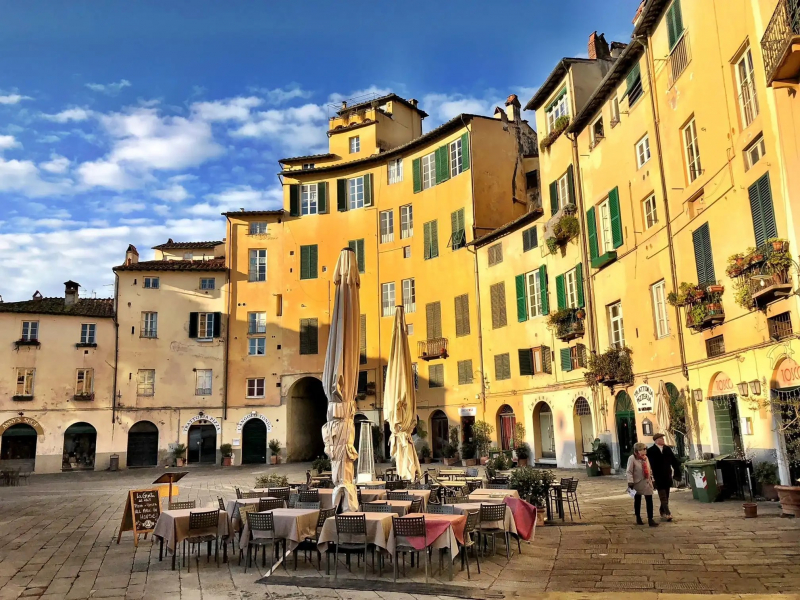
Lucca, Italy 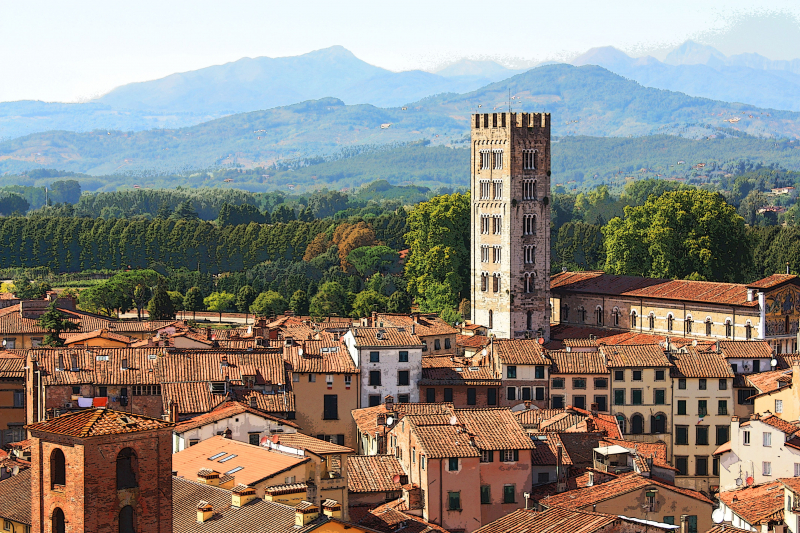
Lucca, Italy -
Marvão is the most dramatic and one of the best preserved of the numerous castellated hill towns that have long kept watch over Portugal's border with Spain. Walls surround the entire settlement, which is accessible only through one gate and is perched atop a steep escarpment.
Set on a great granite escarpment with sweeping views across the vast plains of the Alentejo region, the walled village of Marvão is one of the prettiest places in the whole of southern Europe. Located deep in Portugal’s hinterland within a whisker of the Spanish border, Marvão has been described as an eagle’s nest hidden away in the hills. A parish church and winding alleyways lined with low, whitewashed houses are visible from the top of the castle, whose origins date back to the Moorish occupation. Take a stroll along the well-maintained ramparts to take in the expansive vistas and appreciate Marvo's isolated location at the frontier. Long before the castle was built, a Roman town's ruins have been discovered in the valley below.
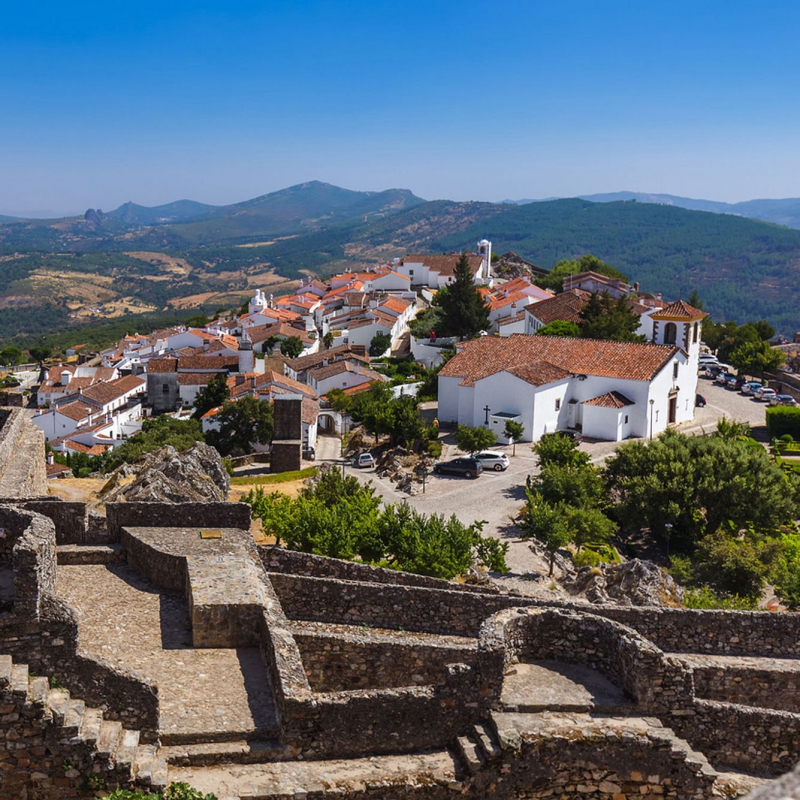
Marvão, Portugal 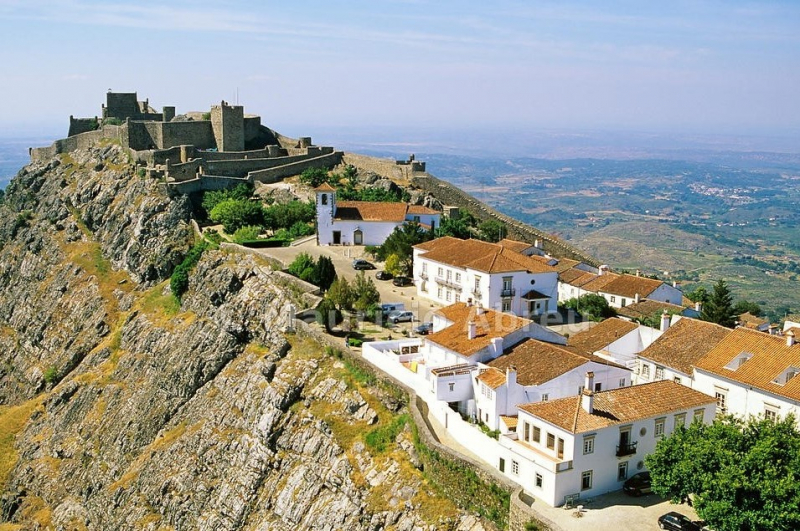
Marvão, Portugal -
The little town of Stein am Rhein can be found where Lake Constance once more merges with the Rhine River. It is renowned for having an Old Town with painted facades and half-timbered homes that have been preserved, for which it was given the first Wakker Prize.
The main street of Stein am Rhein recalls a stage set for Hansel and Gretel due to the town's well-kept half-timbered buildings and the vibrant paintings painted on their facades. But in addition to being one of the most stunning villages in all of Europe, it is also a real town with unique medieval architecture. Around the Rhine, whose banks the town stretches so picturesquely, are other timber-frame structures. Visit Hohenklingen Castle, which was built in 1225 and serves as a museum of regional history, for an overview - literally, as it sits high above the town. The former Benedictine abbey, built in the eleventh century, has another museum, but the entire town is gorgeous.
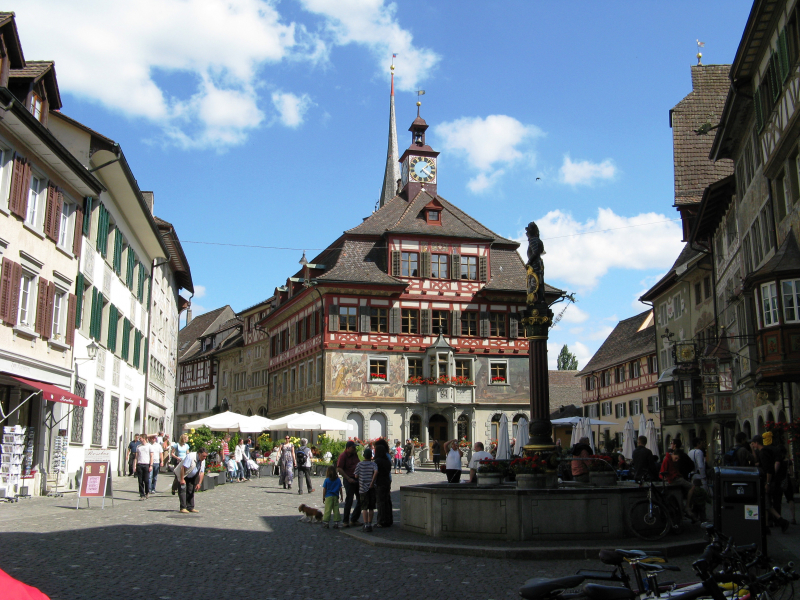
Stein am Rhein, Switzerland 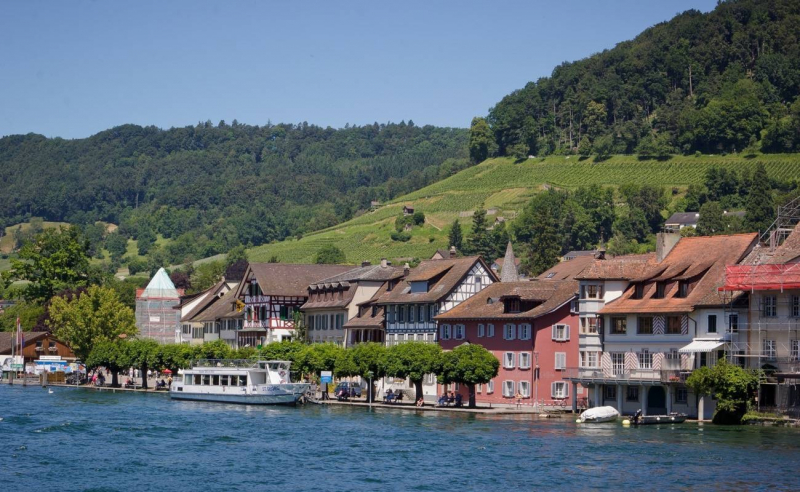
Stein am Rhein, Switzerland -
When a tragic fire destroyed the whole port city of Ålesund in 1904, the tragedy was saved by the combination of an economic downturn and a new exciting artistic and architectural style that was sweeping over Europe. As a result, Ålesund offered job opportunities for newly graduated architects who were unemployed.
With no late Art Nouveau excess flourishes, but rather graceful Nordic interpretations of the early movement, the result is Europe's only entirely Art Nouveau town. The location on two islands at the entrance of a mountain-ringed fjord fulfills the scene and gives an air of laid-back friendliness. Locals stop to point out amusing details you might have missed, while chefs in waterfront restaurants make great dishes using fish from local waters. The outstanding museum offers a look inside an Art Nouveau home as well as explorations of history, art, and architecture.
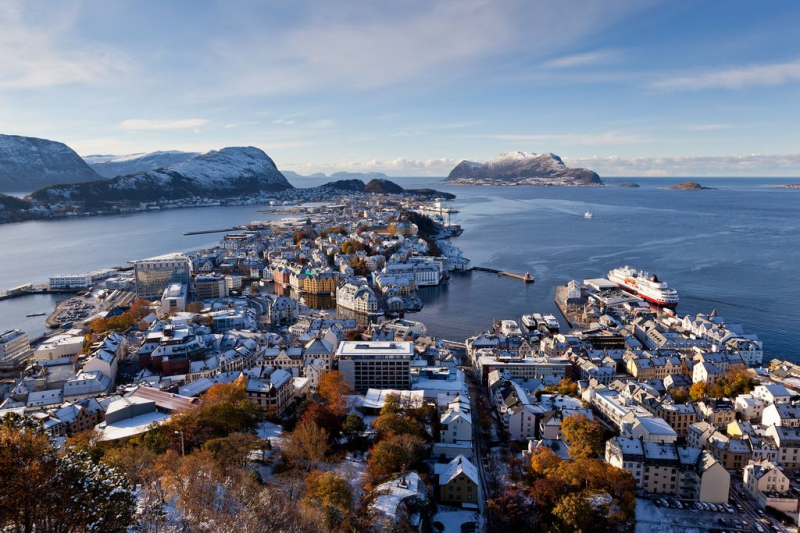
Ålesund, Norway 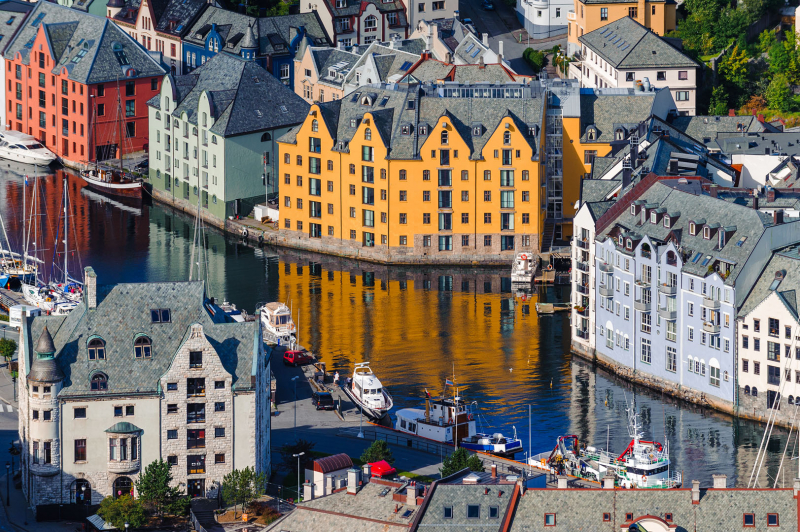
Ålesund, Norway -
The most picturesque and magical village in the Netherlands is Giethoorn. Dutch village where getting about is only possible by boat, walking, or biking. Giethoorn gets 1 million visitors each year.
This small Dutch town of thatch-roofed farmhouses has canals, walking routes, and bike trails as its streets. More than 150 wooden bridges span the canals to connect the pathways, and boat tours and walking tours are the two most popular ways for visitors to see the town and its beautiful gardens. Or explore the almost 100 kilometers of waterways that meander between the peat islands in a canoe. The town was formed from peat; farmers constructed their homes on the islands between the ponds left behind by peat harvesting. One of the most popular activities in this area is to ride in a traditional punter, which is a narrow boat propelled by long poles and have lunch at a café along a canal.
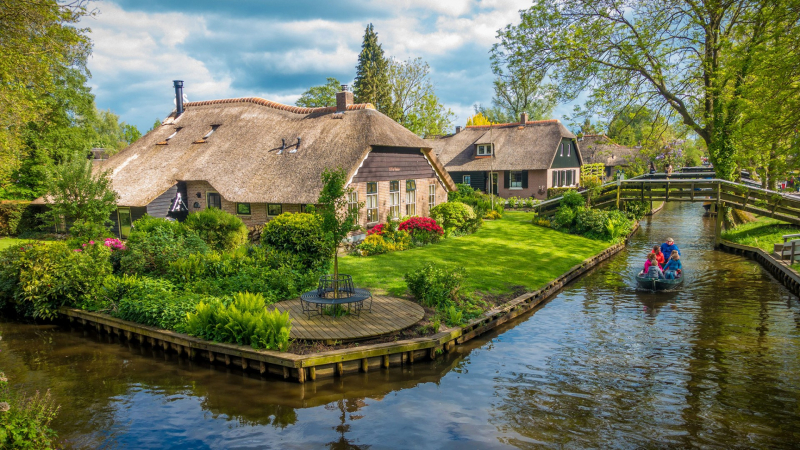
Girthoorn, Netherlands 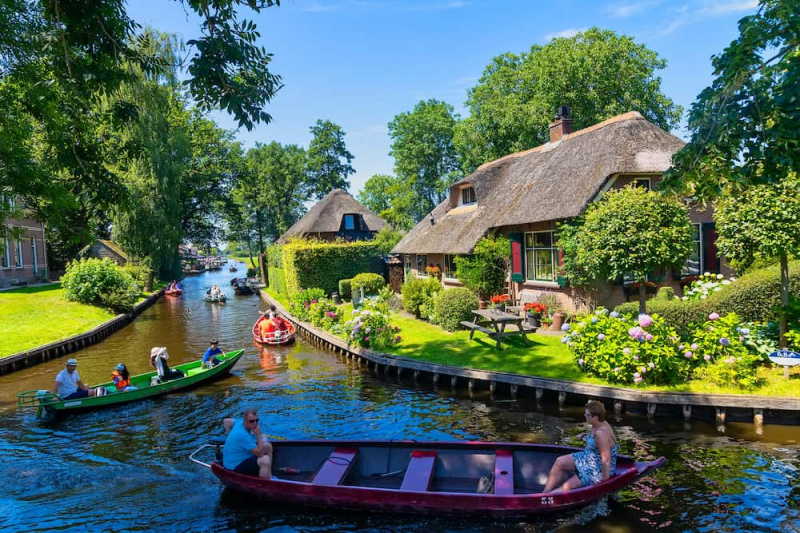
Girthoorn, Netherlands -
Najac is a unique village because it only has one main street that runs along the top of a hill, and it is towered over by the Najac fortress at the highest point on the ridge. Needless to say, there are beautiful views of the Aveyron countryside and the village of Najac from the castle.
The Midi-Pyrénées area of southern France's Najac is a small, quiet town with a single street along a long slope of rocks that leads to a 13th-century château. This bastion, which is a part of a series along the Aveyron Valley, previously housed Knights Templars in its dungeon after the order was declared illegal in 1307. Highlights include churches and chapels from the 13th and 14th centuries, a fortified gate, the arcaded Place du Barry from the 15th century, and the lovely Fontaine des Consuls, a fountain built in 1344. But you'll want to explore the castle's hidden corridors and stroll the entire length of Narjac.
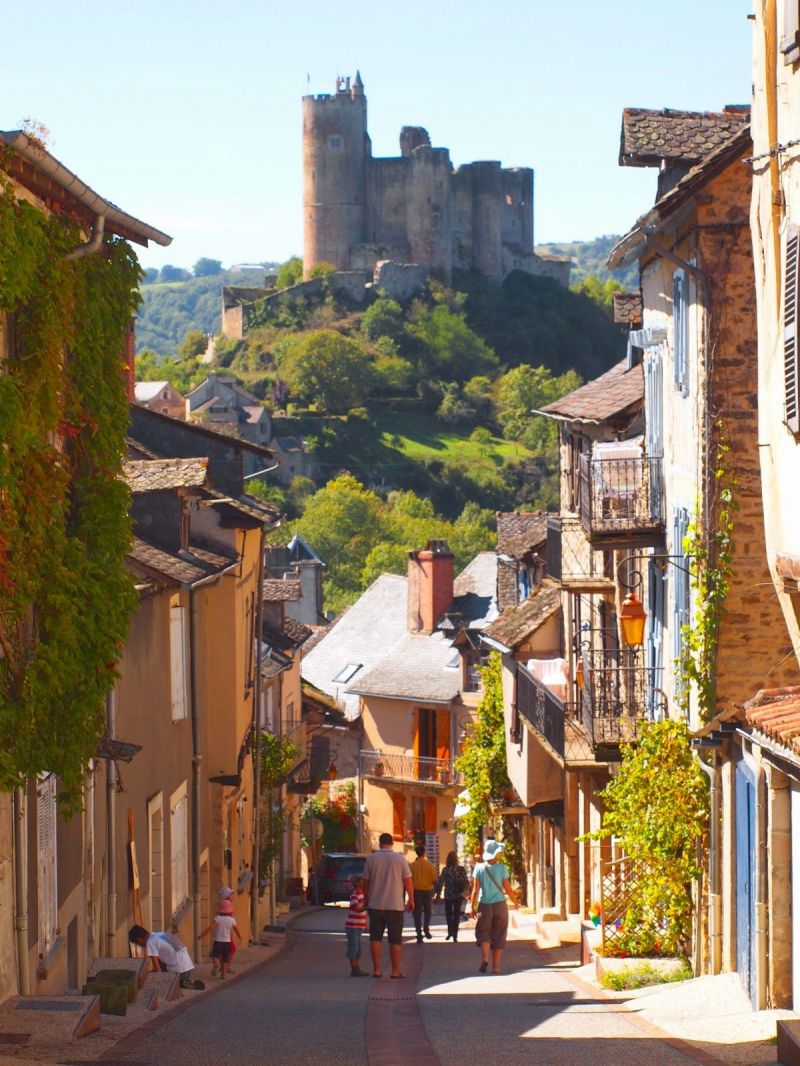
Najac, France 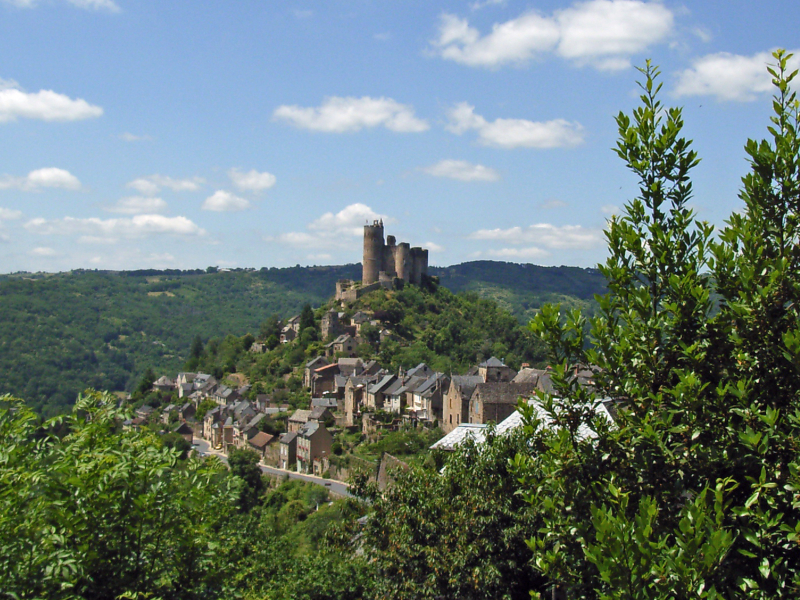
Najac, France -
Hallstätt is a photographer's paradise because of the contrast between its typical Alpine village center of homes with flower-draped balconies and the stage-set view of mountains reflected in a beautiful lake. The 8.5-kilometer Hallstätter See and its charming village are part of the Hallstatt-Dachstein/Salzkammergut Alpine UNESCO World Heritage Site.
The Marktplatz, a charming plaza lined by cafés and stores, is not far from the Römisches district, which offers the best view of the village and its surroundings. The 19th-century Evangelical Church's tall, beautiful spire stands out against the town's backdrop. Climb to the Roman Catholic Ascension of Our Lady Church from the fifteenth century for a different perspective of the village, lake, and mountains. Enter to view the Late Gothic paintings and three magnificent winged altars. The most well-liked activities at Hallstatt, besides taking pictures at every opportunity, include boat rides on the lake, tours of the salt caves, and walks to the waterfalls in the hills behind Hallstatt. From the new glass Skywalk platform, thrill-seekers can get a bird's-eye view of the rooftops.
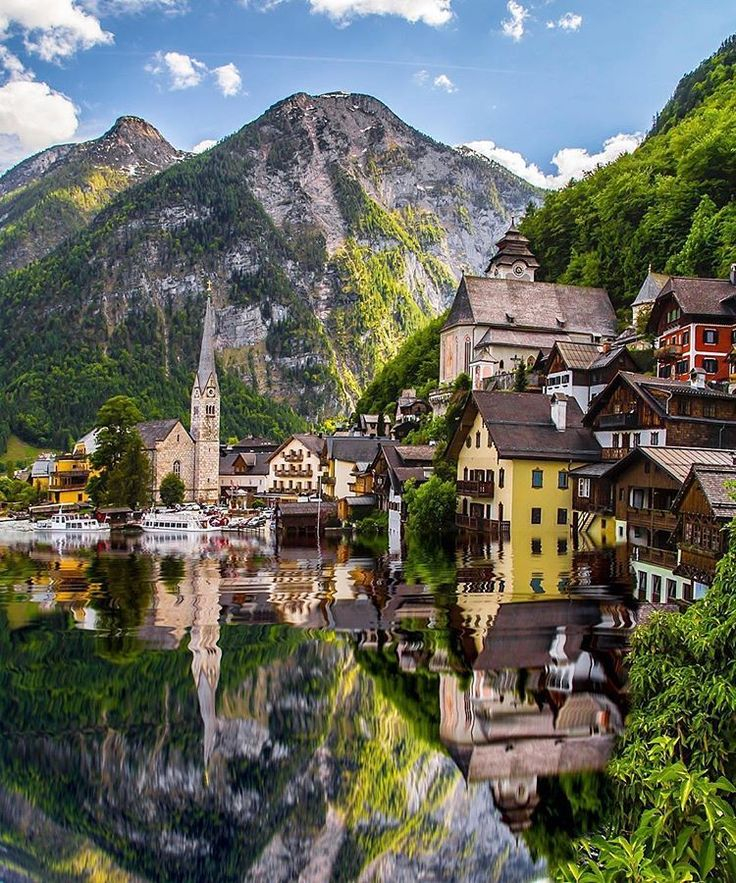
Hallstatt, Austria 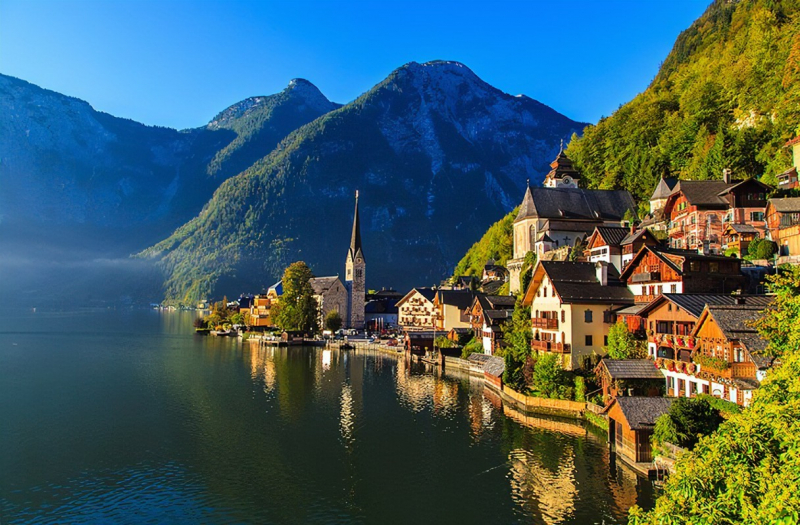
Hallstatt, Austria -
Lying at the east end of a rocky range of mountains just 26 km west of Lisbon, the fairy-tale setting of Sintra is one of the oldest and most charming places in southern Europe. The town’s landscape is lush with surrounding green forests, exotic flowers and elaborate palaces built centuries ago as summer retreats for the royal family.
There is a fairy-tale charm, a sense that you have left the real world and entered a castle, palace, or garden where elves might appear in a camellia blossom or nymphs might swim in the fountains. The beautiful tropical gardens that surround the castles and palaces, each more spectacular than the last, pour down the steep hillsides. A real medieval fortress, and two royal palaces, one of which is a colorful and turreted Victorian confection, an extravagant Moorish folly, and a fictitious Knights Templar fantasy are among the things that are offered for tours. You can't help being swept up in its almost make-believe spirit and charmed by its glorious gardens.
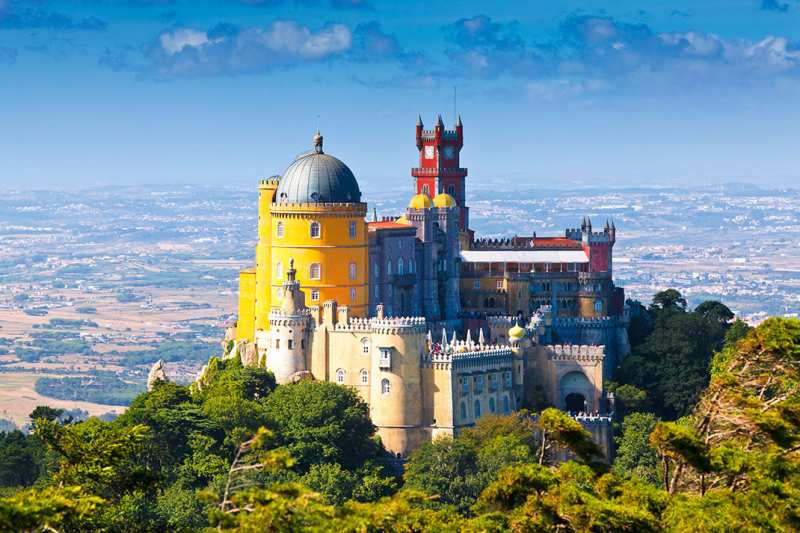
Sintra, Portugal 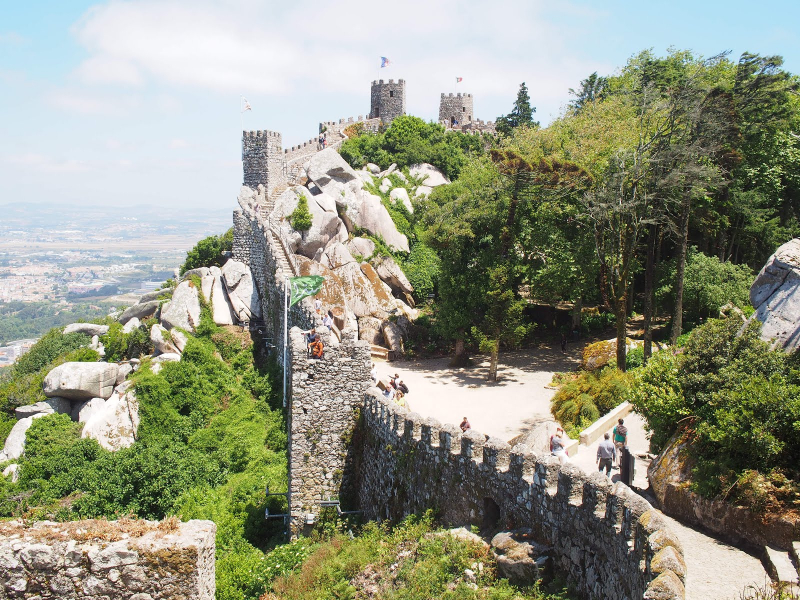
Sintra, Portugal -
Tuscany's medieval hilltop towns are difficult to choose between, and most visitors intend to see more than one. Volterra is a great location to experience local life and take advantage of its top attractions without waiting in line because it is less popular than San Gimignano and some of the other places.
Along with the poetic old stone streets and amiable little squares, you'll find the full range of Tuscan sights, including important Etruscan and Roman ruins, medieval tower houses from the 12th and 13th centuries, Renaissance artwork, and a 19th-century palace adorned in the regional specialty of carved alabaster. It is simple to understand why it is often listed as one of Europe's best old cities. More recently Volterra gained a dose of modern international fame as the fictional home of the “Volturi”, from Stephanie Meyer’s “Twilight” series of vampire books and films. From the tower of the 13th-century Palazzo dei Priori is a great view over the rooftops and the rolling Valdicecina countryside beyond.
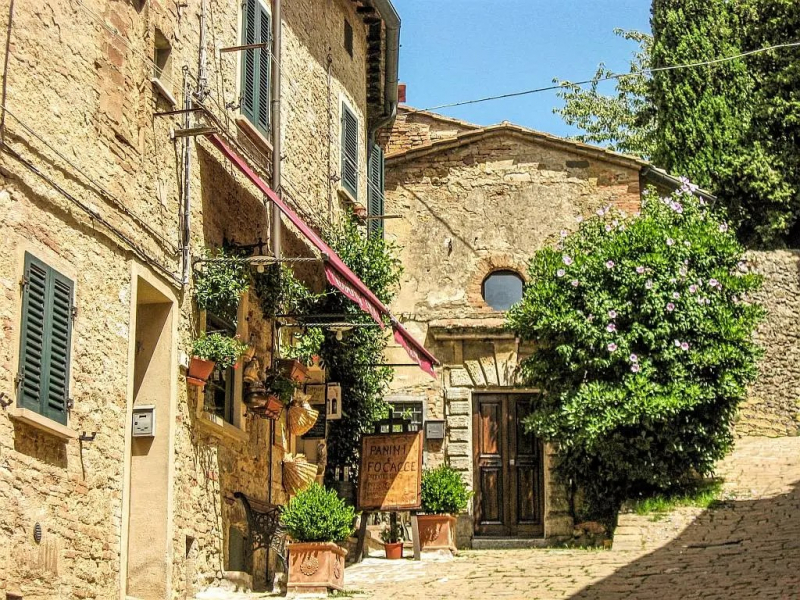
Volterra, Italy 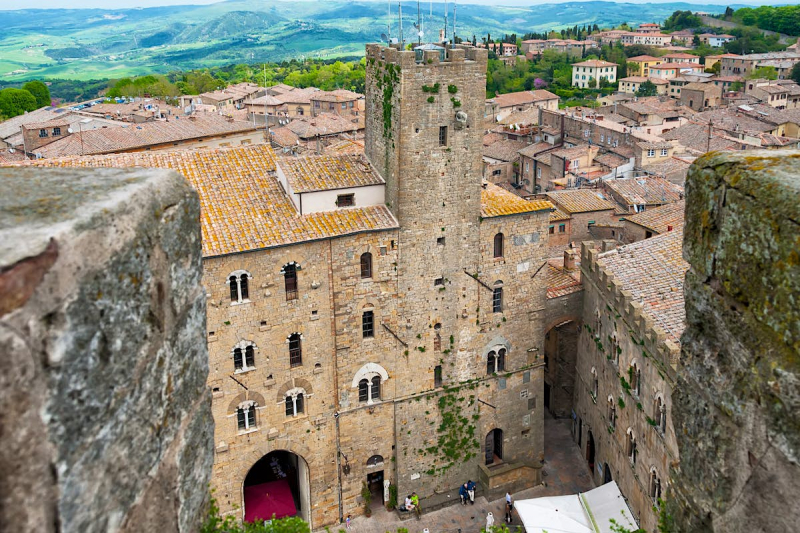
Volterra, Italy












